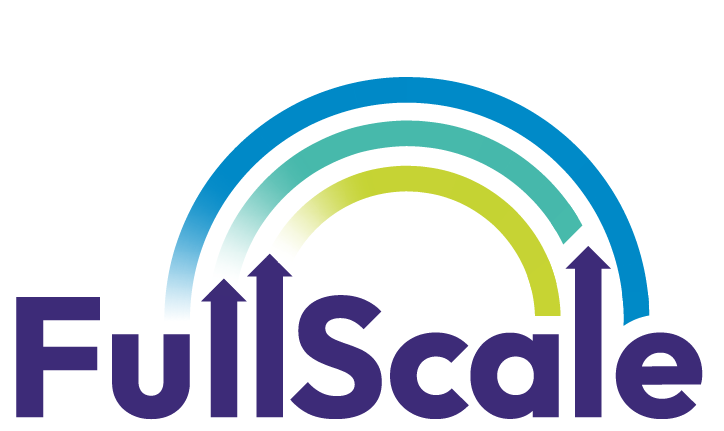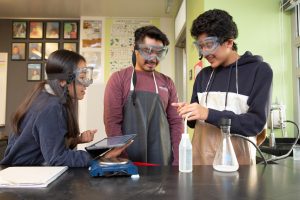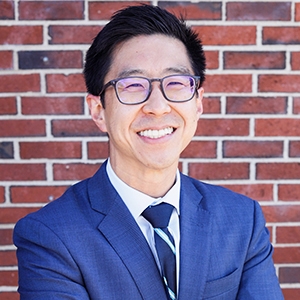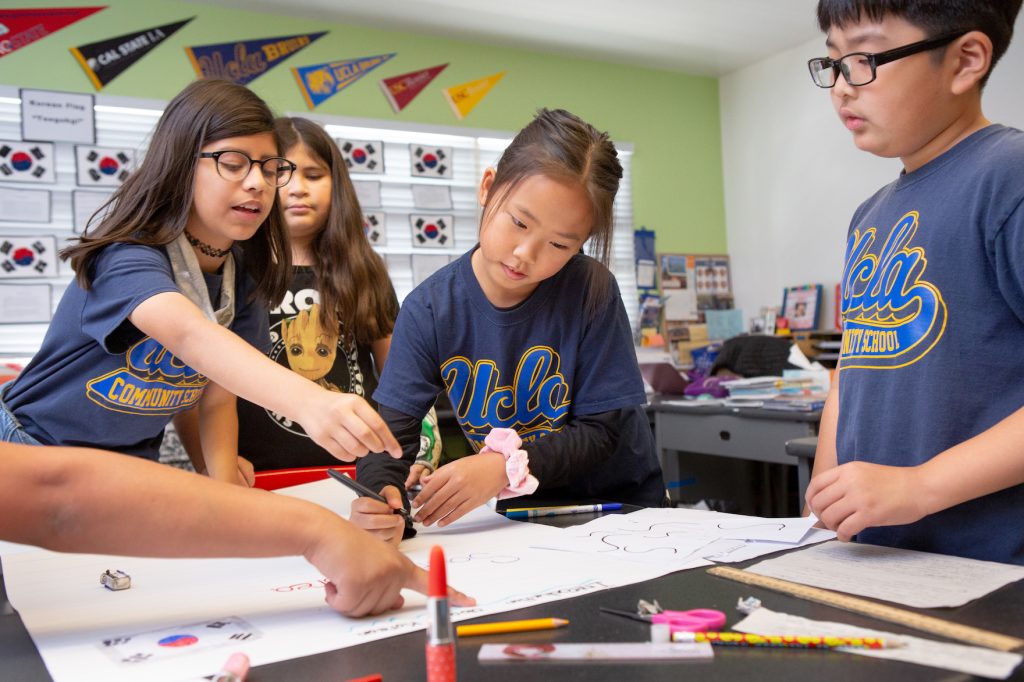Even as AI dominates headlines, schools and educators are still grappling with how to responsibly translate its promise into meaningful improvements in teaching and learning. Over the last school year, FullScale (formerly The Learning Accelerator) had the privilege of co-leading with Leading Educators the School Teams AI Collaborative, an initiative bringing together around 80 educators across 19 schools to explore how generative AI can responsibly and effectively enhance teaching and learning. The goal was simple but ambitious: learn directly from teachers how AI is being used today, what’s possible tomorrow, and what the broader sector must do in the near future to ensure AI leads to more powerful and equitable learning for every student.
What we found was encouraging. While the national conversation around AI in education often gravitates toward hype or fear, teachers in the Collaborative cut through the noise. They showed us that educators remain at the forefront of innovation, identifying practical and urgent uses of AI that can make their work more sustainable while boosting student outcomes. From lesson planning support to new ways of differentiating instruction, teachers are experimenting with ways to increase both their effectiveness and efficiency. Beyond this, the collaborative offered insights into what the sector can do to supercharge these efforts for transformational change for students. Here’s what we’re learning:
Early Adopter Educators Show How AI Can Strengthen Practice
A central goal of the Collaborative was to surface promising AI-enabled practices and share them with the broader sector. The national conversation around AI in education often vacillates between hype and fear, with few viewpoints focused on what is happening in classrooms and providing a nuanced perspective of AI’s role in teaching and learning. But in the Collaborative, teachers cut through the noise. They demonstrated how AI is already strengthening practice in tangible ways, showcasing approaches that other educators could start using today, tomorrow, or next week.
Educators experimented with tools to streamline giving feedback, extending classroom projects, scaffolding texts for multilingual learners, and even designing opportunities for students to build their own AI-powered chatbots. These are not abstract possibilities; they are concrete strategies teachers are already using to make their work more sustainable and student learning more engaging.
At the same time, we know that teachers are already asked to do so much. The last thing they need is one more initiative layered on top of everything else. That’s why a key aim of the Collaborative was to take the lift off of teachers who were curious about AI by capturing and curating promising practices into resources that others could easily adopt. Rather than asking every teacher to start from scratch, we created ready-to-implement strategies that can be plugged into classrooms right away. Interested in learning more? We’ve curated a filtered list of instructional practices that highlight what early adopters are trying.
AI’s Potential Is Emerging Across Systems, Teacher Practice, and Student Use
Looking across the Collaborative, we noticed a pattern: educators’ strategies tended to cluster into three areas of focus:
- Creating the conditions: How schools and systems can set the groundwork for AI to be used powerfully, equitably, and responsibly.
- Strengthening teacher practice: How educators can use AI to plan more efficiently, differentiate more effectively, and free up time for higher-value instructional work.
- Supporting student use: How teachers can help students develop the digital literacy skills and mindsets needed to use AI responsibly and productively in their own learning.
To deepen these insights, we developed a problems of practice (PoP) series. Each PoP defines a challenge, explains its importance, highlights research, and offers actionable strategies, lesson plans, and real-world examples from Collaborative teachers. The goal is to help teachers learn about promising AI-enabled practices and provide them the guidance and resources they need to implement them in their own classrooms.
System-Level Change Is Needed for AI to Drive Substantial Leaps
The creativity and courage of teachers in the Collaborative inspire us. Over the last school year, their commitment made one lesson clear: educators are doing what they are best positioned to do: working directly with students and innovating in their classrooms. But they should not be expected to carry the weight of transforming an entire sector. Moving from promising classroom strategies to transformational, system-level change requires the broader field to step up, with each part of the system driving progress in its own area of expertise and influence.
That’s why we’re releasing a field-facing report, Generative Practice: Practice Insights for Unlocking the Instructional Potential of AI from the School Teams AI Collaborative. The report synthesizes insights from the Collaborative and offers recommendations for policymakers, edtech developers, researchers, and system leaders. If AI is going to enable not just incremental improvements but substantial leaps in teaching and learning, the sector must create the right enabling conditions, policies, and supports for educators to thrive.
What’s Next
We are deeply grateful to the school teams who opened their classrooms and shared their learning. Their leadership is paving the way for a more thoughtful and equitable integration of AI into teaching and learning. We also thank our partners at Leading Educators for their strong collaboration and vision.
Momentum is building. Across the country, new cohorts of educators are coming together to experiment with AI, share strategies, and imagine new possibilities. At FullScale, we remain committed to pushing this work forward—partnering with schools and organizations to rethink the role of the teacher and design stronger learning experiences for students.
We’d love to connect! If you’re interested in partnering with us or exploring how AI could accelerate your own work, reach out to jin-soo.huh@fullscalelearning.org and sign up for our email updates. You can also catch us at the FullScale Symposium in New Orleans from October 25-28, where we’ll be sharing our learnings. Learn more and register here.





